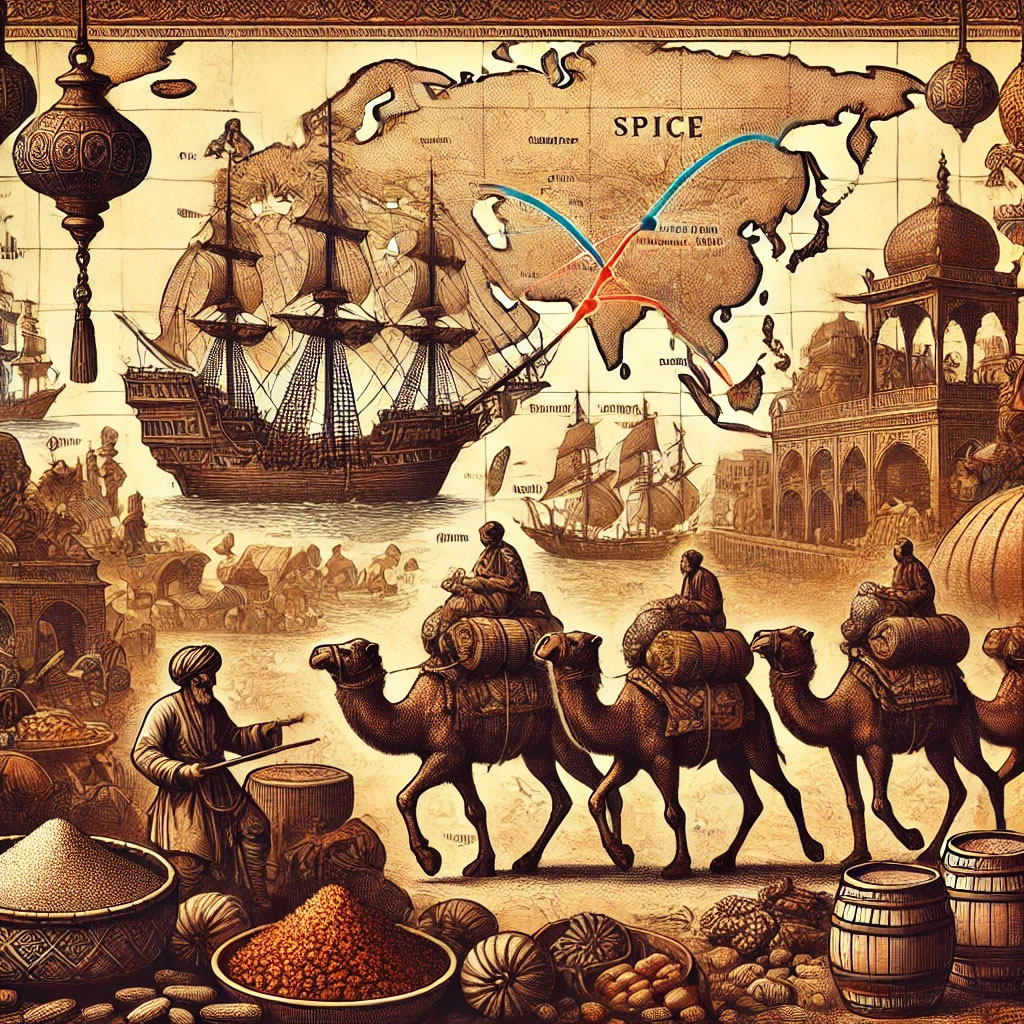The journey of spices dates back to ancient civilizations, where they were highly prized for their flavor, medicinal properties, and as status symbols. Understanding the historical significance of spices can deepen our appreciation for these culinary treasures and their role in shaping global trade and cultural exchange.
The Origins of Spice Trade
The spice trade can be traced back to ancient Egypt, where spices like cumin and coriander were used in embalming rituals. The Silk Road and maritime routes later facilitated the exchange of spices between East and West. Spices such as cinnamon, cloves, and pepper were transported from Asia to Europe, playing a crucial role in the economies of ancient civilizations.
The Age of Exploration
The search for spices was a major driving force behind the Age of Exploration. European explorers, including Vasco da Gama and Christopher Columbus, embarked on perilous voyages to discover new spice routes. This era marked the beginning of globalization, with spices being a primary commodity that connected distant cultures and economies.
Modern-Day Spice Trade
Today, spices are more accessible than ever, with global supply chains ensuring their availability in every corner of the world. Despite modern advancements, the allure of spices remains unchanged, as they continue to add depth, flavor, and aroma to our culinary creations.
The historical journey of spices is a testament to their enduring value and significance. From ancient Egypt to modern kitchens, spices have shaped cultures, economies, and cuisines across the globe. Exploring their history enriches our culinary experiences and highlights the interconnectedness of our world.



